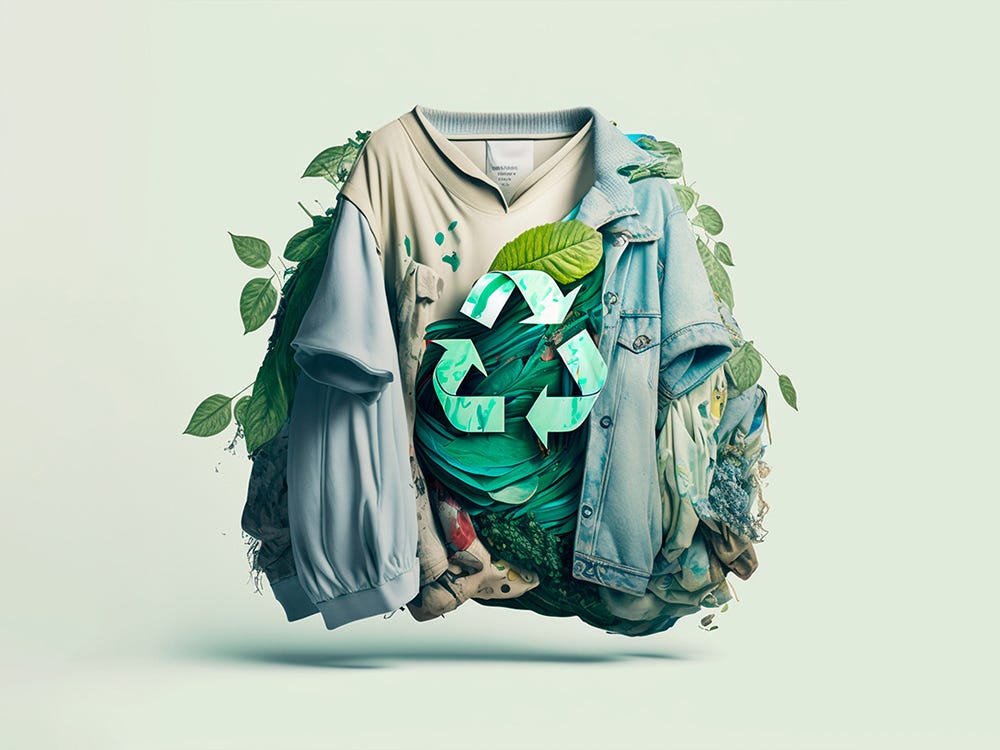
Beyond Style: The Responsibility of Fashion
Share
Fashion is more than what we wear—it’s a reflection of values, craftsmanship, and the impact we leave behind. In an industry long driven by excess, the real revolution isn’t in the latest trend but in how clothing is made, who makes it, and what happens after it’s worn.
At 19-89 Haute, we believe that great design should never come at the expense of people or the planet. True refinement means choosing quality over quantity, purpose over mass production, and responsibility over shortcuts.
Let’s explore how ethical sourcing, responsible materials, and a commitment to sustainability are shaping the future of fashion.
1. The Shift from Fast Fashion to Conscious Choices
The fashion industry generates 92 million tons of waste annually and is responsible for 10% of global carbon emissions. For years, mass production has driven overconsumption, textile waste, and exploitative labor practices.
But change is happening. Consumers are looking beyond price tags and labels—they want to know:
Where was this made?
Who made it?
What impact does it have?
Why It Matters: The future of fashion isn’t about speed—it’s about making conscious choices that honor craftsmanship, people, and sustainability.
2. Ethical Sourcing: The True Cost of a Garment
The clothes we wear are touched by hundreds of hands before they reach us. From cotton farmers to textile workers, ethical sourcing ensures that every person involved in production is treated fairly, paid properly, and works in safe conditions.
At 19-89 Haute, we work with responsible suppliers who align with our values:
Fair Wages & Ethical Labor – Ensuring safe environments and proper compensation.
Traceable Supply Chains – Transparency from raw material to finished garment.
Limited Production Runs – Reducing waste by creating only what’s needed.
Why It Matters: Fashion should empower the people who create it—not exploit them.
3. Choosing Materials That Make a Difference
Fabric choice isn’t just about how clothing feels—it’s about its impact on the environment and its longevity over time. The shift toward natural, biodegradable, and low-impact materials is leading the industry toward a more responsible future.
Materials That Support Sustainability
Organic Cotton – Grown without pesticides, requiring less water than conventional cotton.
TENCEL™ (Lyocell & Modal) – Made from responsibly harvested wood pulp, known for breathability and durability.
Bamboo Fabric – Naturally antibacterial and biodegradable, with a softer feel than traditional cotton.
Recycled & Regenerative Textiles – Giving waste materials a second life, reducing landfill buildup.
Why It Matters: Better fabrics mean longer-lasting clothing, less waste, and a reduced environmental footprint.
4. Redefining Sustainability: Fashion That Lasts
Sustainability isn’t just about how products are made—it’s about how long they last.
At 19-89 Haute, we focus on timeless design and durability, ensuring that every piece is made to retain its shape, comfort, and quality over time.
How We Minimize Waste & Maximize Quality
Built to Last – Precision stitching, premium materials, and expert craftsmanship.
Small-Batch Production – Avoiding overproduction and unnecessary waste.
Future Recycling & Take-Back Initiatives – Working toward a circular fashion model that extends a product’s lifecycle.
Why It Matters: Clothing should be worn, appreciated, and passed on—not thrown away after a few uses.
5. The Future of Responsible Fashion
The next evolution of fashion isn’t about more—it’s about better.
At 19-89 Haute, we’re committed to:
Educating consumers on why ethical sourcing and sustainability matter.
Working with responsible suppliers to create quality over quantity.
Continuously improving our approach to minimize environmental impact.
The best fashion doesn’t just look good—it feels good, knowing that it was made with intention, care, and respect for people and the planet.
